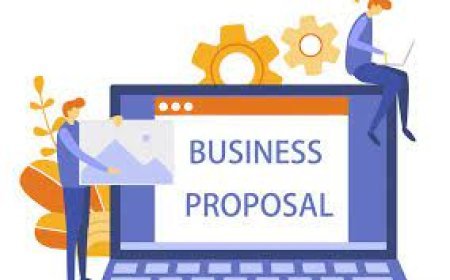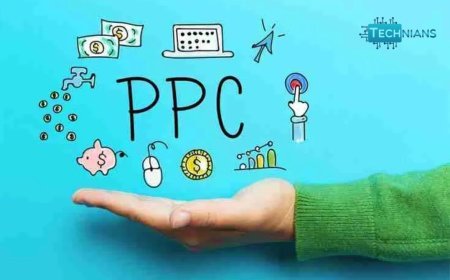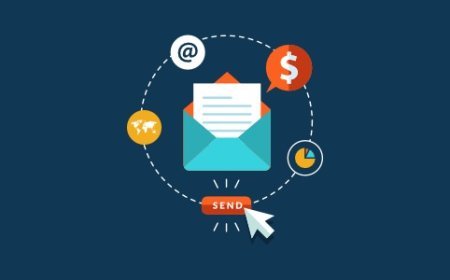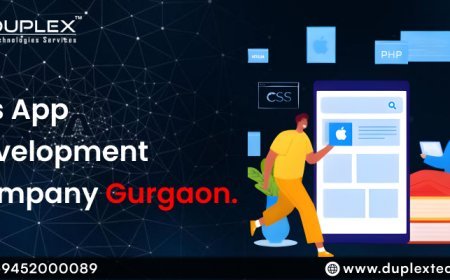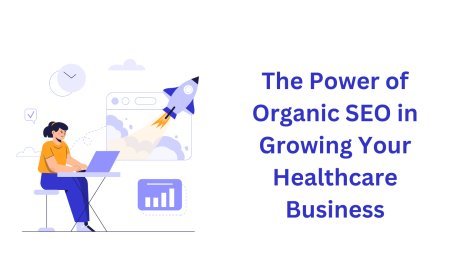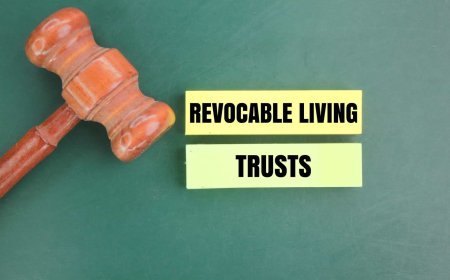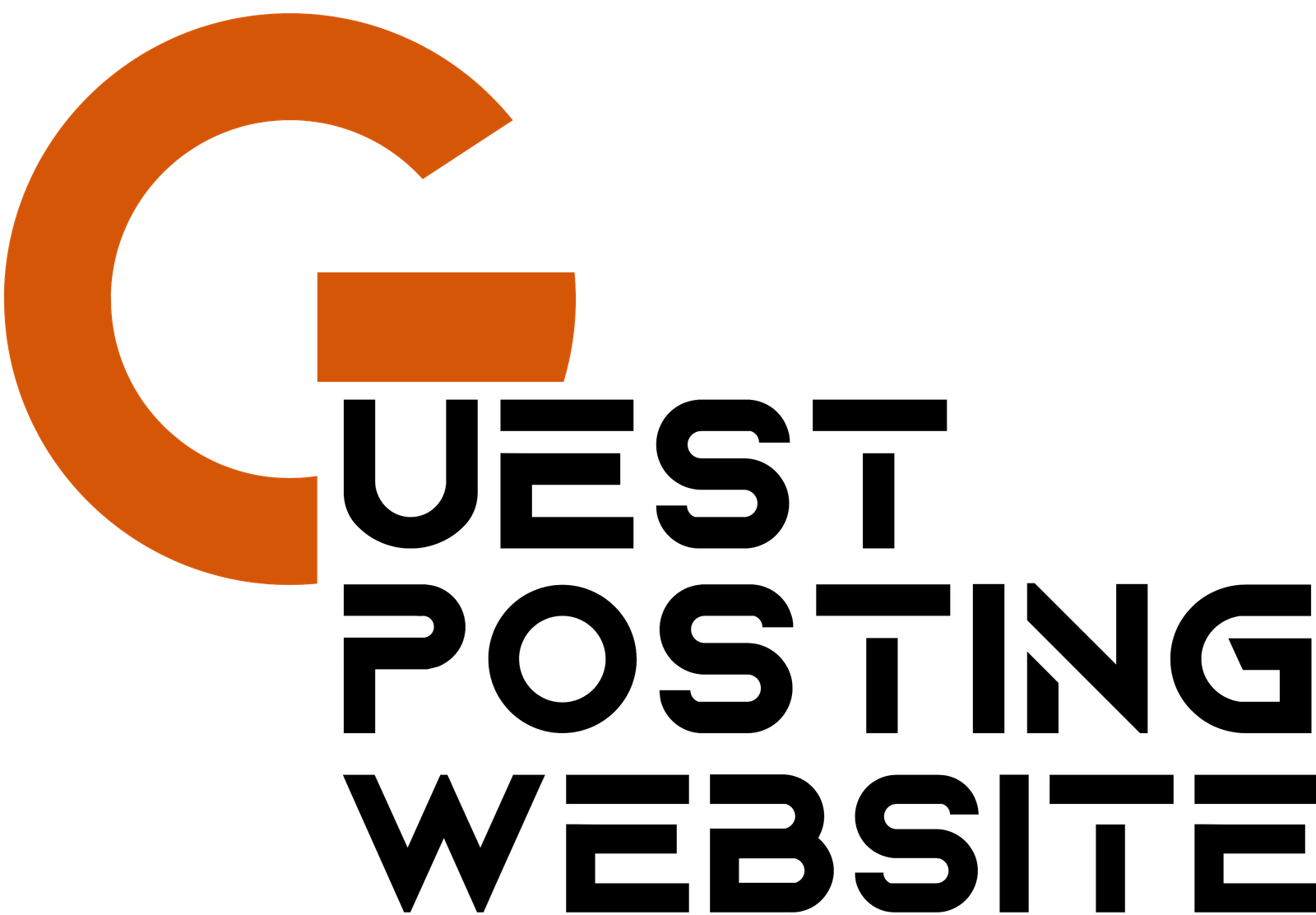SAP ERP Software Price in India: One-Time vs. Subscription Costs
Introduction
When businesses consider investing in an ERP system, one of the first questions that comes up is: How much does it cost? Understanding SAP ERP Software Price in India can be tricky since pricing varies based on factors like deployment type, customization, and support services.
One of the biggest pricing decisions businesses need to make is choosing between a one-time purchase (on-premise model) and a subscription-based (cloud model). Each option comes with its own costs, benefits, and long-term considerations. The right choice depends on factors like company size, IT infrastructure, and financial planning.
This article will break down the pricing differences between these two models and help businesses decide which one best suits their needs.
One-Time Purchase Model (On-Premise ERP)
What It Involves
-
Businesses pay upfront for a perpetual license to use the software.
-
The ERP system is installed on company-owned servers and managed internally.
-
Ongoing costs include maintenance, upgrades, and IT staff salaries.
-
Requires investment in hardware, storage, and security infrastructure.
Cost Breakdown
-
High initial cost for software licensing, server setup, and IT staff.
-
Recurring costs for system updates, hardware maintenance, and cybersecurity.
-
One-time investment, meaning businesses own the software indefinitely.
Pros
-
Full control over data, security, and system configurations.
-
No recurring software costs after the initial purchase.
-
Customization options are more flexible.
Cons
-
High upfront cost, making it less accessible for small businesses.
-
Requires dedicated IT staff to maintain the system.
-
Businesses are responsible for managing software updates and security.
Many companies prefer working with a reliable SAP Business One Service provider to manage their on-premise ERP system. Companies that work with experienced ERP partners like Praxis Info Solutions can ensure they get the right setup while keeping costs under control. This ensures they get the right setup, security updates, and ongoing support without the hassle of handling everything in-house.
Subscription Model (Cloud ERP)
What It Involves
-
Businesses pay a monthly or annual subscription fee instead of a large upfront cost.
-
The ERP system is hosted on cloud servers, and businesses access it online.
-
Maintenance, security, and updates are handled by SAP or a cloud provider.
-
No need to invest in hardware, IT staff, or software upgrades.
Cost Breakdown
-
Lower upfront cost as businesses only pay for what they use.
-
Recurring payments for as long as the business uses the service.
-
Additional costs may apply for increased storage, extra features, or user licenses.
Pros
-
Affordable for small and mid-sized businesses that want to avoid high upfront costs.
-
Easy access from anywhere with an internet connection.
-
Regular software updates and security patches handled by the provider.
Cons
-
Continuous costs over time can be higher than a one-time purchase.
-
Limited customization compared to on-premise ERP.
-
Businesses rely on the service provider for data security and uptime.
For companies looking for hassle-free ERP management, partnering with an SAP Business One Service service provider like Praxis Info Solutions ensures they receive support for setup, customization, and ongoing maintenance, without needing an in-house IT team.
Which Pricing Model is Best for Your Business?
The best choice depends on your company’s financial situation, IT capabilities, and long-term plans.
Choosing between on-premise and cloud-based ERP depends on several key factors:
-
Company Budget:
-
If your business can afford a large upfront investment, an on-premise ERP may be more cost-effective in the long run.
-
If you prefer a predictable monthly expense, a cloud-based ERP is the better option.
-
IT Infrastructure:
-
On-premise ERP requires in-house IT staff to manage servers, security, and upgrades.
-
Cloud ERP is managed externally, so businesses don’t need an in-house IT team.
-
Scalability Needs:
-
If your business is expanding quickly and needs flexibility, cloud ERP offers an easier way to scale.
-
On-premise ERP requires additional hardware and IT resources to support growth.
-
Data Security & Compliance:
-
Businesses with strict compliance or security concerns may prefer on-premise ERP since they have complete control over data.
-
Cloud ERP providers offer high-level security, but businesses must trust an external vendor with their data.
Conclusion
Deciding between a one-time purchase and a subscription-based model comes down to business priorities. Understanding SAP ERP Software Price in India is essential before making a decision, as each pricing model has its own financial impact.
Many businesses turn to an experienced SAP Business One Service provider to guide them through the process, ensuring they choose the right ERP model for their needs. Whether you prefer the long-term savings of an on-premise ERP or the flexibility of a cloud-based system, having expert support ensures a smooth transition and successful implementation.
What's Your Reaction?









